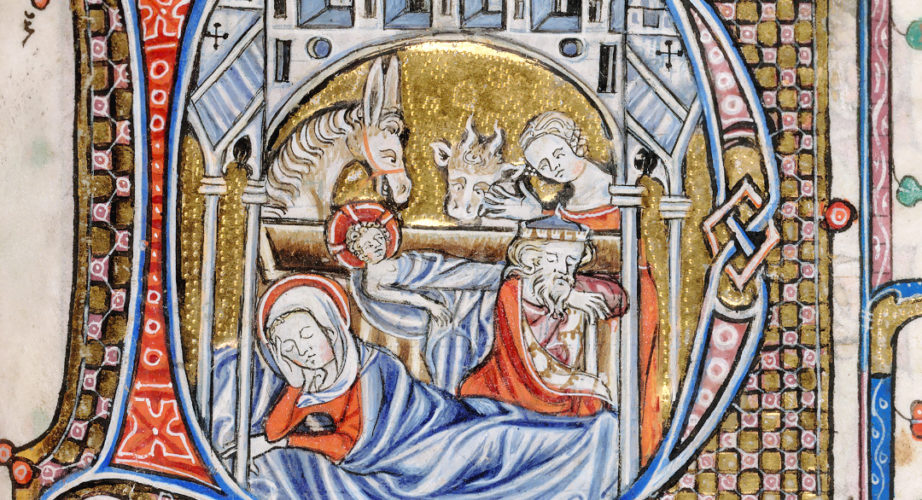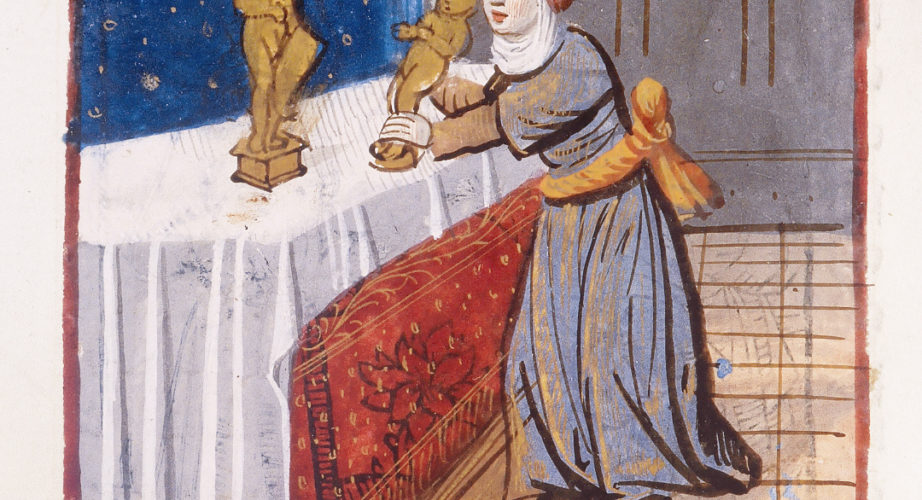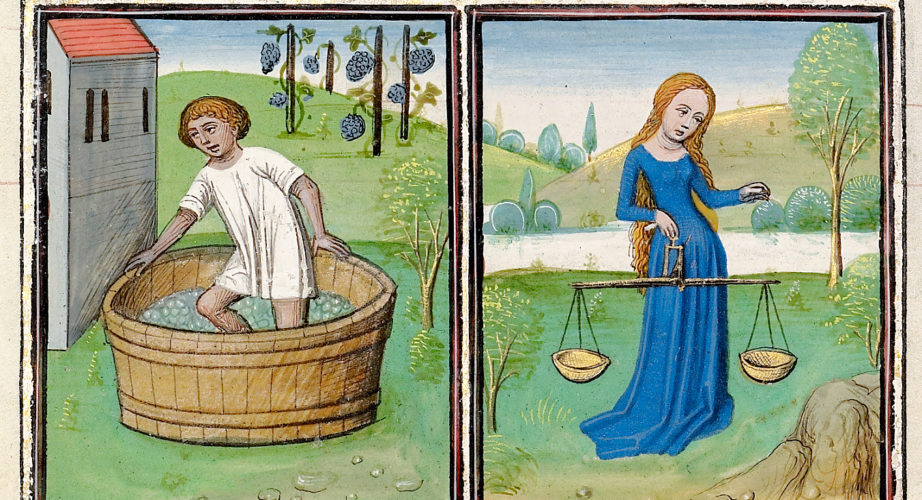THE CATHEDRAL OF MODENA
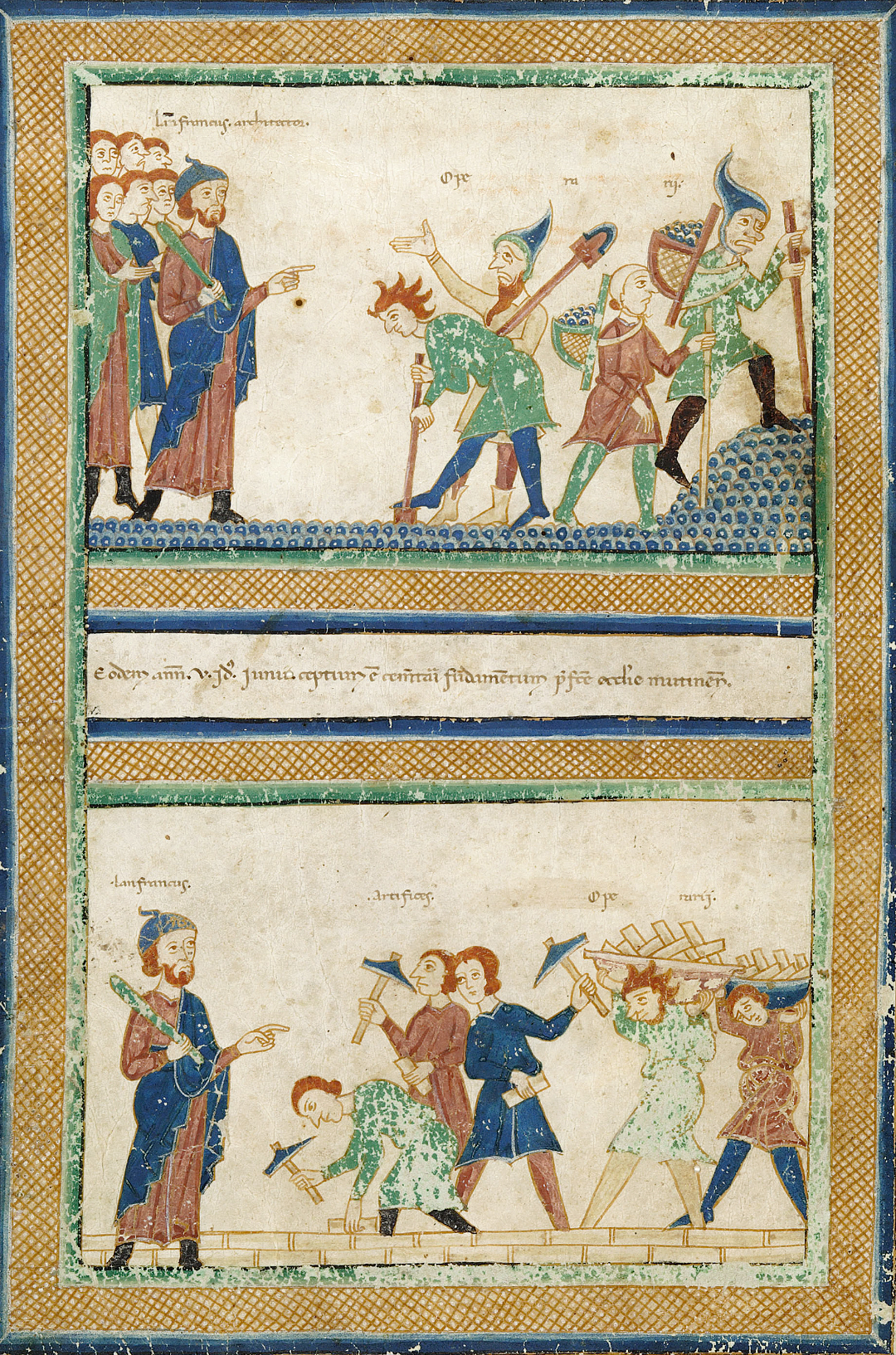 May 23, 1099: the building of the Cathedral of Modena officially begins.
The facts surrounding the design and the construction of the Cathedral (also known as Duomo di Modena) are narrated in a document dated roughly around the same period, the Relatio de innovatione ecclesie Sancti Geminiani, a manuscript found in the local Archivio Capitolare. According to the Relatio, the citizens of Modena themselves are the ones to ask, along with the clergy, for a new Cathedral to be built: the new church should be suited to house the relics of the patron saint of the city, Saint Geminianus. The appointed architect is Lanfranco, a mostly unknown professional referred to as "mirabilis artifex" in the manuscript. The works on the foundations having begun on May 23, the construction officially begins on June 9 with the setting of the first stone. Along with Lanfranco, the works are supervised by Wiligelmo, a skilled sculptor who decorates the facade of the Duomo with his reliefs.
Thanks to the rediscovery of a large amount of ancient marble of Roman origins, the construction moves forward at full speed and the Cathedral is ready to house the relics of Saint Geminianus after just seven years. The transfer of the relics of the patron saint is officiated by the Pope himself, Paschal II, in October 1106: called from Rome by Countess Matilda of Canossa, the Pope officially recognizes the remains of the Saint as sacred relics and consecrates the altar of the Cathedral. The Duomo can be considered officially completed in 1184, year in which Pope Lucius III finally consecrates the whole building.
The illuminations included in the Relatio represent a chronicle of the very facts narrated in the manuscript itself: Lanfranco himself, in fact, is shown directing the construction - the workers first laying the foundation of the church (on top) and then raising a wall (bottom). In folio 9r, the encounter of Countess Matilda with the Pope and the transfer of the relics of Saint Geminianus.
As of 1997, the Duomo is listed among the UNESCO World Heritage Sites along with the adjacent Piazza Grande and civic tower, the Torre della Ghirlandina.
May 23, 1099: the building of the Cathedral of Modena officially begins.
The facts surrounding the design and the construction of the Cathedral (also known as Duomo di Modena) are narrated in a document dated roughly around the same period, the Relatio de innovatione ecclesie Sancti Geminiani, a manuscript found in the local Archivio Capitolare. According to the Relatio, the citizens of Modena themselves are the ones to ask, along with the clergy, for a new Cathedral to be built: the new church should be suited to house the relics of the patron saint of the city, Saint Geminianus. The appointed architect is Lanfranco, a mostly unknown professional referred to as "mirabilis artifex" in the manuscript. The works on the foundations having begun on May 23, the construction officially begins on June 9 with the setting of the first stone. Along with Lanfranco, the works are supervised by Wiligelmo, a skilled sculptor who decorates the facade of the Duomo with his reliefs.
Thanks to the rediscovery of a large amount of ancient marble of Roman origins, the construction moves forward at full speed and the Cathedral is ready to house the relics of Saint Geminianus after just seven years. The transfer of the relics of the patron saint is officiated by the Pope himself, Paschal II, in October 1106: called from Rome by Countess Matilda of Canossa, the Pope officially recognizes the remains of the Saint as sacred relics and consecrates the altar of the Cathedral. The Duomo can be considered officially completed in 1184, year in which Pope Lucius III finally consecrates the whole building.
The illuminations included in the Relatio represent a chronicle of the very facts narrated in the manuscript itself: Lanfranco himself, in fact, is shown directing the construction - the workers first laying the foundation of the church (on top) and then raising a wall (bottom). In folio 9r, the encounter of Countess Matilda with the Pope and the transfer of the relics of Saint Geminianus.
As of 1997, the Duomo is listed among the UNESCO World Heritage Sites along with the adjacent Piazza Grande and civic tower, the Torre della Ghirlandina.
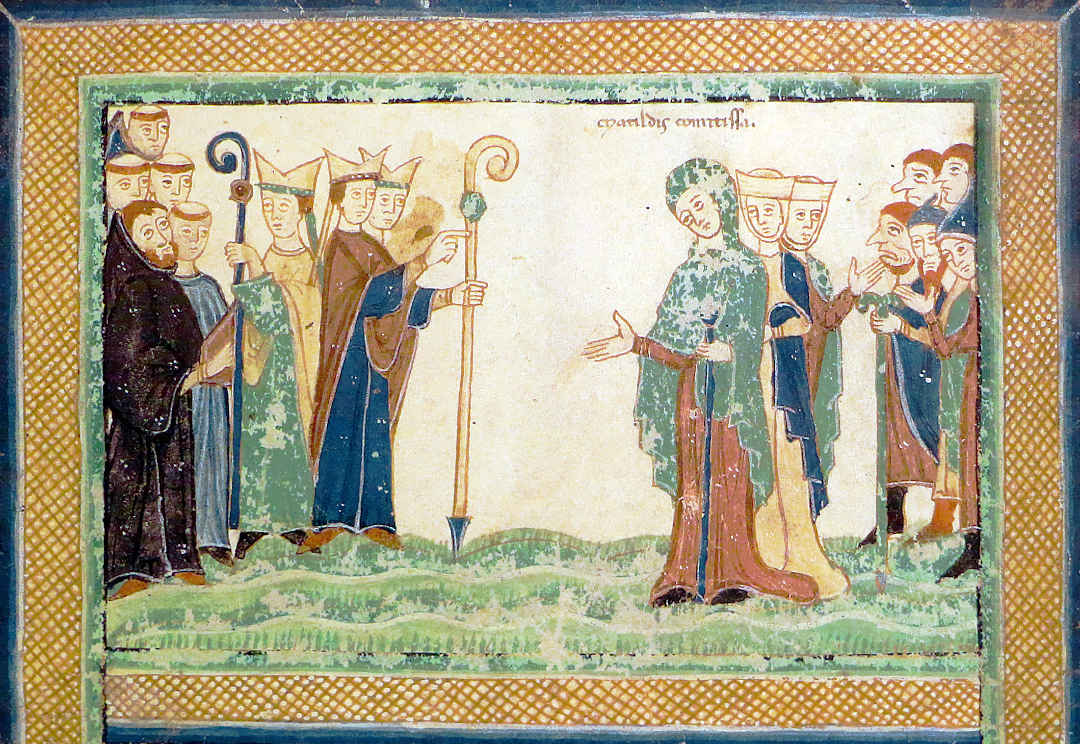
 Illuminations from the manuscript "Relatio de innovatione ecclesie Sancti Geminiani ac de translatione eius beatissimi corporis", ms. O.II.11, f. 0 e 9r, 12th-13th century, Archivio Capitolare, Modena.
Illuminations from the manuscript "Relatio de innovatione ecclesie Sancti Geminiani ac de translatione eius beatissimi corporis", ms. O.II.11, f. 0 e 9r, 12th-13th century, Archivio Capitolare, Modena.
Post consigliati
Happy Holidays from Folia Magazine!
Two sleepy parents and a very awake Child... in a way, this Nativity…
Rachel
On September 30, the Church celebrates the feast day of St. Rachel, Jacob's…
Autumn
Da oggi (precisamente alle 8.50 italiane!), con l'ingresso del Sole nella costellazione della…
